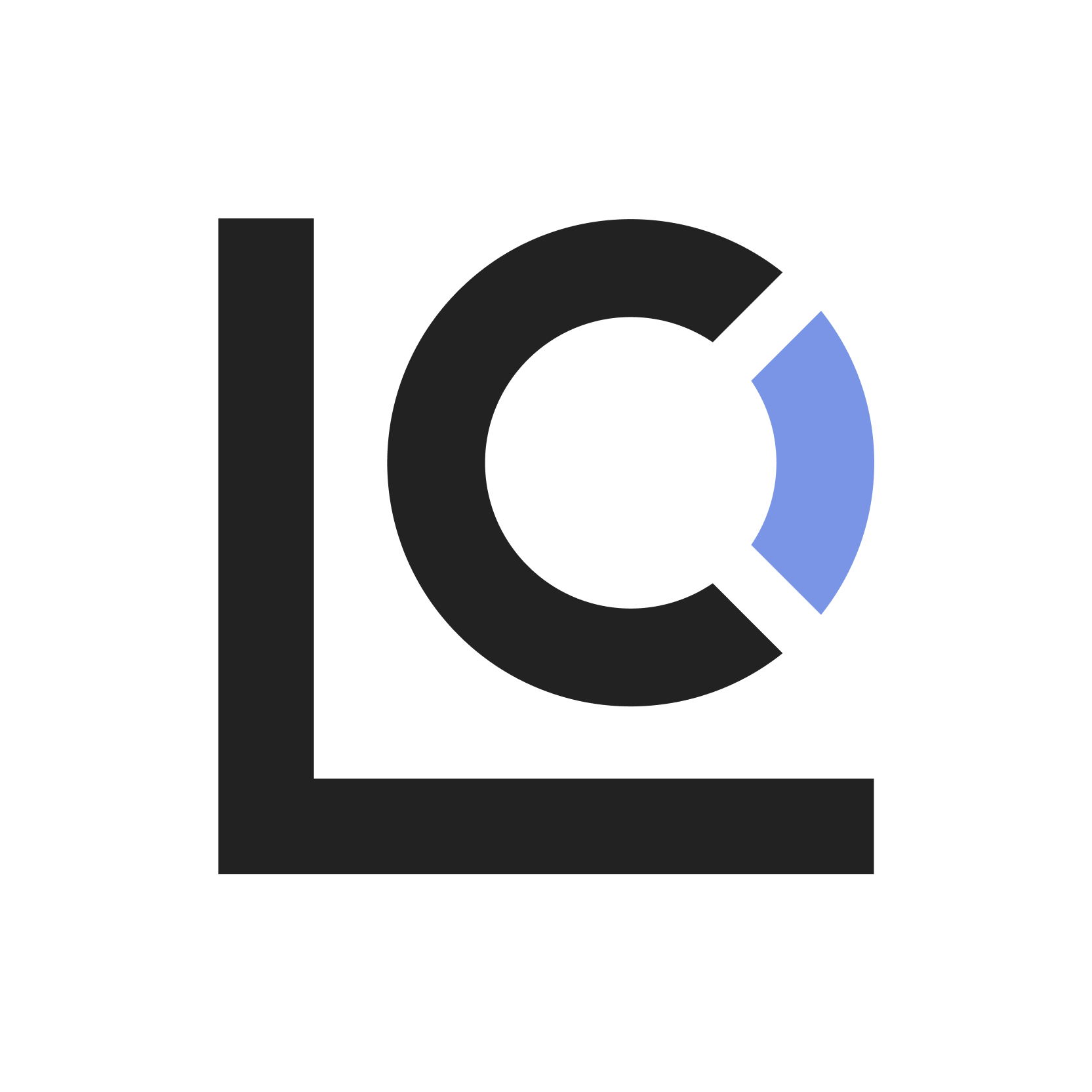Search engines aim to provide users with the most relevant, high-quality content for their queries.
However, some marketers attempt to manipulate search rankings through deceptive practices like cloaking.
This post explores what cloaking is, why its misuse is problematic, how to identify it, and what white hat cloaking is.
What is Cloaking?
Cloaking refers to the practice of showing different content to certain IP addresses versus human visitors.
Based on their IP address, the cloaker detects whether the visitor is a known crawler or a human user, then serves distinct versions of the page accordingly.
Bots and crawlers that visit a cloaked website will be served a custom page, while humans see the actual website.
Common Cloaking Techniques
There are several methods used to implement cloaking:
User-Agent Detection: The server checks the visitor’s user agent string to identify search engine bots and route them to alternate content.
IP-Based Cloaking: Known IP ranges used by search engine crawlers are identified and served different content.
JavaScript Detection: Since some crawlers don’t execute JavaScript, cloakers may use JS to modify what human visitors see after the page loads.
Why Search Engines Prohibit Cloaking
Vendors consider cloaking a serious violation.
Firstly, it undermines search result quality by showing crawlers content that doesn’t reflect what users will actually see. This gives unfair advantages to sites that deceive algorithms rather than earning traffic through genuine content.
It also creates a poor user experience when visitors land on pages different from what they expected based on search snippets
Detection and Consequences
Modern tech vendors like Google and Meta have sophisticated methods to detect cloaking, such as:
- Comparing crawler views versus browser views
- Using various IP addresses and user agents to crawl sites
- Analyzing traffic patterns and user behavior signals
- Investigating user complaints about mismatched content
When caught, cloaking typically results in severe penalties including:
- Significant drops in search ranking
- Permanent damage to domain reputation
- Ad account bans
- Loss of Meta business assets (Facebook Page, Instagram account, ad account)
Black Hat vs. White Hat Cloaking
Cloaking often associated with black hat activities, because it’s primarily used to deceive crawlers from vendors like Google or Meta, to manipulate search rankings or advertise restricted products/services.
But there is such a thing as white hat cloaking, where it is used as a cybersecurity tool to protect against spam bots and brute force attackers.
In today’s online world, websites are constantly under attack by bots, who attempt to guess your password to gain access to your website — this is known as a brute force attack.
There are a number of ways to protect against these attackers, and cloaking can be an effective solution.
For example, you can use our free WordPress cloaking plugin — IP Content Manager — to blacklist the IP addresses of any bot that attempt to log in to your website.
This completely hides your login page, stopping all of their future attempts to brute force your account!
Conclusion
While cloaking might seem tempting for quick gains, the risks far outweigh any temporary benefits. Vendors like Google and Meta are very thorough, and have sophisticated methods to identify cloakers. The risk is often not worth the reward!
In fact, cloaking is more effective as a cybersecurity tool against brute force attackers, to protect your login page from unwanted traffic.
Remember that transparency and value creation are core principles of effective inbound marketing.
